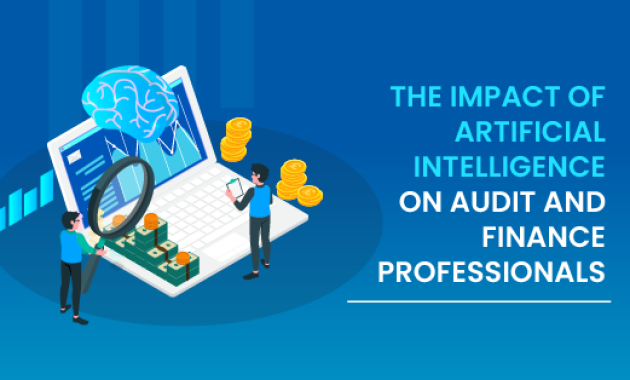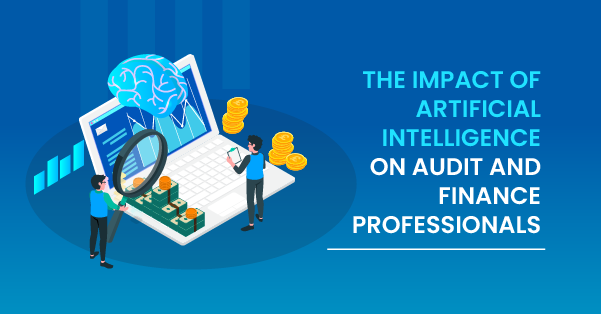
Unveiling the Power: Business Intelligence Tools That Audit Data Access
In today’s data-driven world, businesses are swimming in an ocean of information. The ability to collect, analyze, and interpret this data is crucial for making informed decisions. However, with this power comes a significant responsibility: ensuring data security and compliance. This is where Business Intelligence (BI) tools that audit data access come into play, acting as vigilant guardians of sensitive information.
This article delves into the critical role of Business Intelligence tools that audit data access. We will explore how these tools work, their benefits, and why they are indispensable for organizations of all sizes. We’ll also examine specific examples and features to help you understand how to choose the right solution for your needs. Furthermore, we’ll discuss the future of data auditing within the evolving landscape of BI.
The Core Function of Data Access Auditing
At its heart, data access auditing is the process of tracking and recording user activity related to data within a BI system. This includes who accessed what data, when they accessed it, and what actions they performed. This information creates an audit trail, a comprehensive log of all data interactions. This trail is invaluable for several key reasons.
- Security: Identifies potential security breaches and unauthorized access attempts.
- Compliance: Helps organizations meet regulatory requirements like GDPR, HIPAA, and CCPA.
- Performance Analysis: Provides insights into data usage patterns and identifies performance bottlenecks.
- Data Governance: Supports data quality initiatives and ensures data integrity.
Business Intelligence tools that audit data access provide the mechanisms to capture, store, and analyze this crucial information. They offer a window into how data is being used, ensuring accountability and promoting responsible data handling.
Key Features of Effective BI Auditing Tools
Not all Business Intelligence tools that audit data access are created equal. To be truly effective, a BI auditing solution should possess several key features:
Comprehensive Logging
The ability to log a wide range of events is paramount. This includes user logins, data queries, data exports, report generation, and changes to data access permissions. The more detailed the logging, the better the ability to reconstruct events and identify anomalies.
Real-time Monitoring and Alerts
Proactive monitoring is crucial. The best tools provide real-time alerts for suspicious activity, such as multiple failed login attempts, unusual data access patterns, or attempts to export large datasets. This allows security teams to respond quickly to potential threats.
Detailed Reporting and Analytics
Raw audit logs are often difficult to interpret. BI auditing tools should offer robust reporting and analytics capabilities. This includes pre-built reports for common security and compliance needs, as well as the ability to create custom reports tailored to specific business requirements.
User-Friendly Interface
The interface should be intuitive and easy to navigate. This makes it easier for security teams and other stakeholders to access and understand audit data. A user-friendly interface reduces the time needed to investigate incidents and generate reports.
Integration Capabilities
The tool should integrate with other security and IT systems, such as SIEM (Security Information and Event Management) platforms. This allows for a centralized view of security events and facilitates faster incident response.
Benefits of Implementing BI Tools for Data Access Auditing
The advantages of using Business Intelligence tools that audit data access extend far beyond simply meeting compliance requirements. They offer significant benefits to organizations:
Enhanced Data Security
By monitoring data access, these tools help identify and prevent unauthorized access. This reduces the risk of data breaches, protects sensitive information, and safeguards the organization’s reputation.
Improved Compliance
Many regulations, such as GDPR, require organizations to track and report on data access. BI auditing tools automate this process, making compliance easier and reducing the risk of penalties.
Increased Operational Efficiency
By analyzing data usage patterns, these tools can help identify areas where efficiency can be improved. This includes optimizing data queries, streamlining report generation, and reducing data storage costs.
Better Data Governance
Auditing provides valuable insights into data quality and usage. This information can be used to improve data governance practices, ensuring that data is accurate, consistent, and reliable.
Reduced Risk of Insider Threats
Insider threats, whether malicious or unintentional, are a significant risk. Business Intelligence tools that audit data access can help detect unusual behavior and prevent data from being misused by internal personnel.
Choosing the Right BI Auditing Tool
Selecting the right Business Intelligence tools that audit data access requires careful consideration of your organization’s specific needs and requirements. Here are some key factors to consider:
Scalability
The tool should be able to scale to accommodate the growth of your data and user base. Consider your future needs when evaluating scalability options.
Performance
The auditing process should not negatively impact the performance of your BI system. Ensure the tool is efficient and does not slow down data access or reporting.
Integration
Ensure the tool integrates seamlessly with your existing BI platform and other security systems. This streamlines the auditing process and enhances overall security posture.
Ease of Use
The tool should be easy to set up, configure, and use. This reduces the time and resources required for implementation and ongoing management.
Cost
Consider the total cost of ownership, including licensing fees, implementation costs, and ongoing maintenance. Choose a solution that fits your budget and provides the best value.
Real-World Examples of BI Auditing Tools
Several excellent Business Intelligence tools that audit data access are available on the market. Here are a few examples:
- Tableau Server: Tableau offers built-in auditing capabilities, allowing administrators to track user activity, monitor data access, and generate reports on data usage.
- Microsoft Power BI: Power BI provides audit logs that can be accessed through the Microsoft 365 audit log. This enables organizations to track user activity and data access within Power BI.
- Looker: Looker offers robust auditing features, including detailed logs of user activity, data access, and data transformations. It also provides the ability to create custom audit reports.
- Sisense: Sisense provides comprehensive auditing capabilities, including user activity tracking, data access monitoring, and the ability to generate custom audit reports.
These are just a few examples; the best tool for your organization will depend on your specific BI platform and requirements. Researching different options and conducting a thorough evaluation is essential.
The Future of Data Auditing in Business Intelligence
The future of data auditing in Business Intelligence is poised for significant advancements. Several trends are shaping the landscape:
Increased Automation
Expect to see more automation in the auditing process, with AI and machine learning being used to detect anomalies, predict potential threats, and automate incident response.
Enhanced Integration
Data auditing tools will become even more integrated with other security and IT systems, providing a more holistic view of security events.
Focus on User Behavior Analytics
User behavior analytics (UBA) will play a greater role in data auditing, helping to identify unusual user activity and predict potential security threats. This will move the focus from simply auditing data access to understanding how data is being used.
Greater Emphasis on Privacy
With increasing concerns about data privacy, data auditing tools will need to incorporate features that protect user privacy while still providing comprehensive audit trails.
As the volume and complexity of data continue to grow, the need for robust data auditing tools will only increase. Organizations that invest in these tools will be better equipped to protect their data, meet compliance requirements, and make informed decisions.
Conclusion
Business Intelligence tools that audit data access are essential for organizations that want to protect their data, ensure compliance, and gain valuable insights into data usage. By implementing these tools, businesses can improve their security posture, reduce risk, and make better decisions. Choosing the right tool and staying abreast of the latest trends in data auditing is crucial for success.
[See also: Cybersecurity Best Practices for Businesses]
[See also: Data Governance Frameworks]
[See also: Choosing a BI Platform: A Comprehensive Guide]

